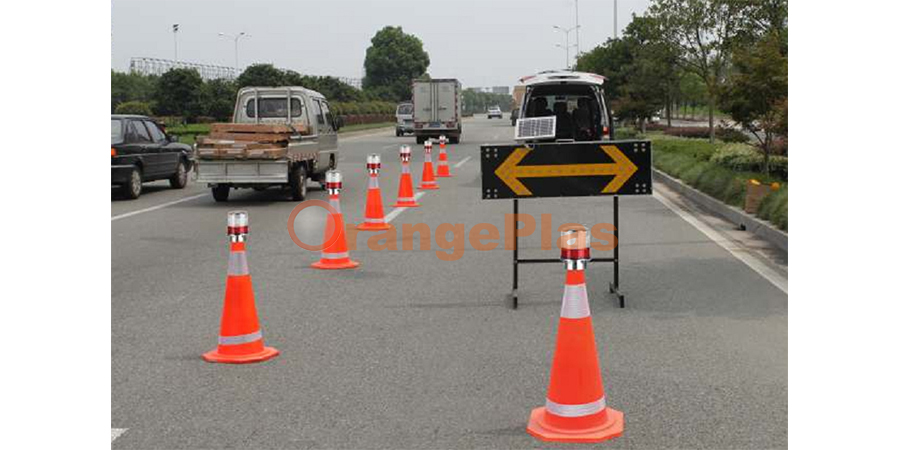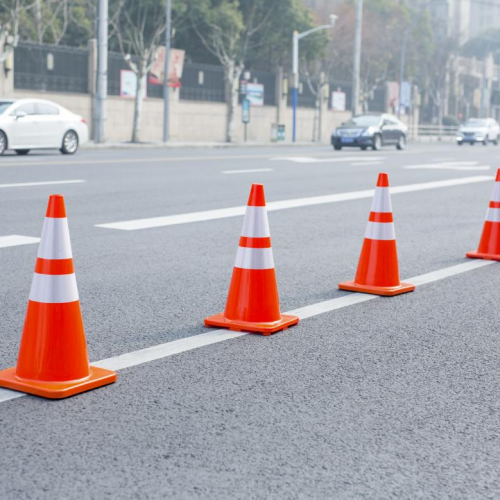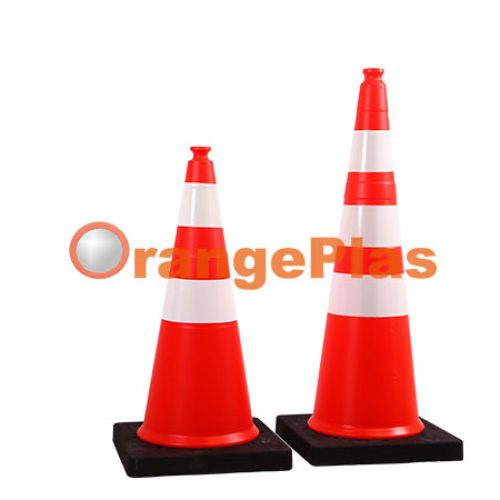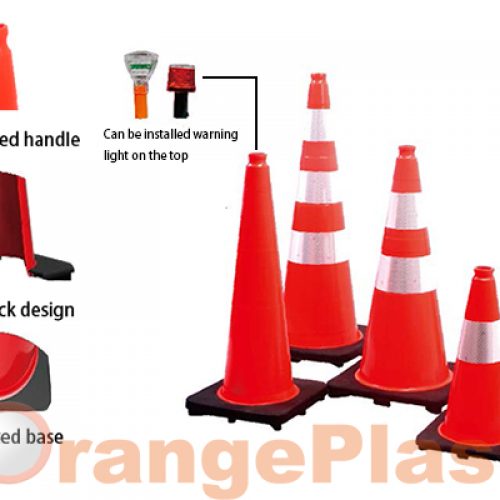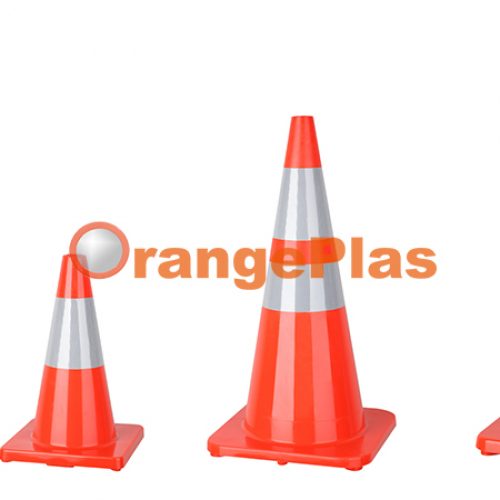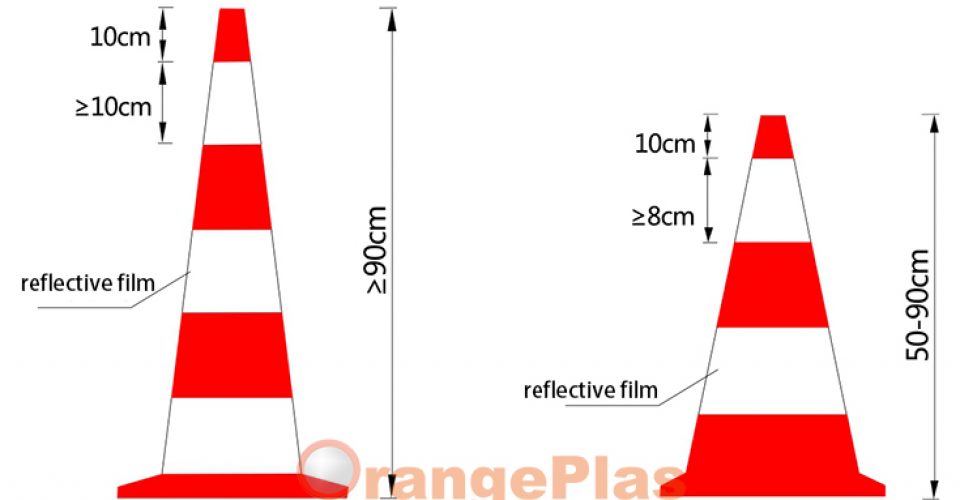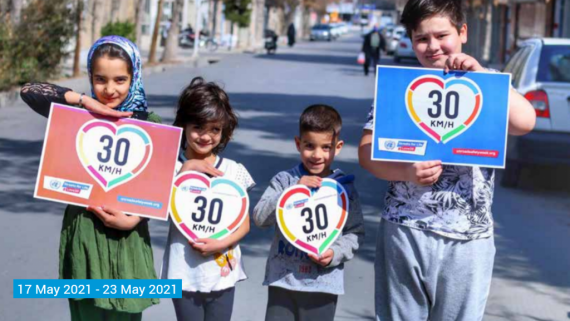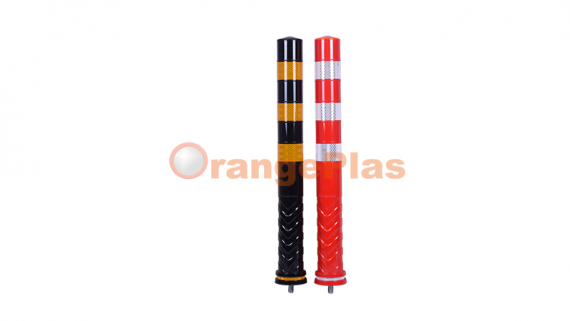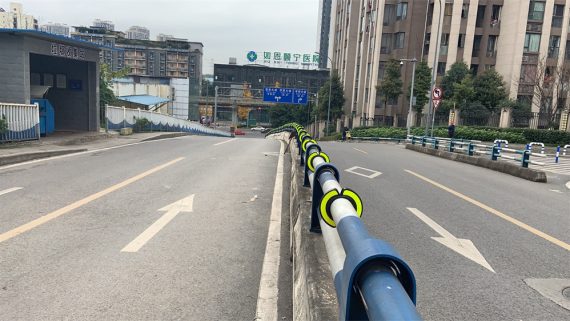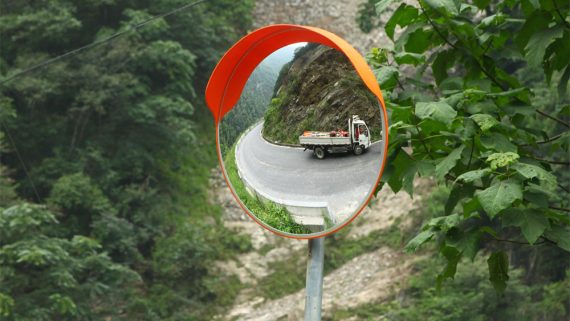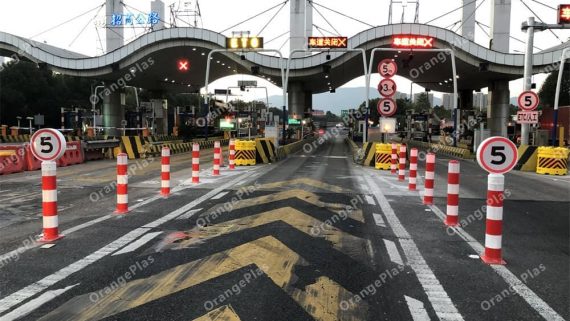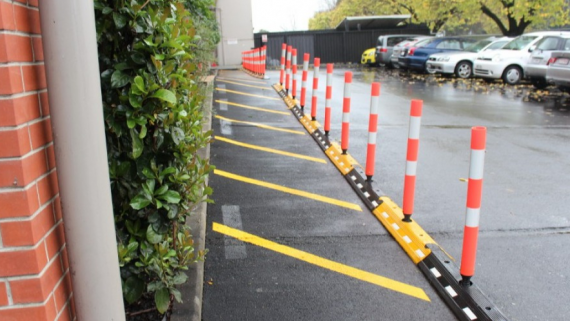10 Fun Facts About Traffic Cones
Although traffic cones are a common sight today, they were not invented until the 1940s. As roads were being built across the country and car traffic started to increase, the need arose for a safety device that would protect those constructing the roads as well as those driving them.
Here are 10 fun facts about these practical devices that have become essential to keeping us safe – on and off the road:
1. Before the traffic cone was invented, safety markers were wooden barriers and wooden tripods that were not easily seen and caused considerable damage when struck by cars. They also had to be assembled for each project and were hard to move and store.
2. In 1940, while working as a department street painter for the City of Los Angeles, Charles D. Scanlon invented the precursor to the traffic cone. He designed a hollow, ballasted conical marker to keep cars from driving over wet paint.
3. Scanlon and his partner, Rodney Taylor, who operated a local tire shop, constructed the first traffic cones by sewing together tire scraps.
4. In 1943, Scanlon patented the first rubber traffic cone, called the Safety Marker. His objectives were to create a marker that was highly visible, made of resilient material, and weighted at the bottom to keep it upright. The hollow shape and base feet also allowed for easy stacking.
5. By 1947, Interstate Rubber Products Corporation had begun manufacturing traffic cones made from molded rubber sheets.
6. In 1961, British engineer David Morgan is believed to have constructed the first experimental plastic traffic cones. He currently holds the Guinness World Record for the largest collection of unique traffic cones – 137 cones in all.
7. An estimated 140 million traffic cones are in use worldwide. They come in a variety of sizes and colors, including orange, yellow, red, blue, and green.
8. Traffic cones used on streets and highways must meet requirements for height, color, and luminance set out in the U.S. Department of Transportation’s Federal Highway Administration Manual for Uniform Traffic Control Devices (MUTCD).
9. All highway traffic cones must be predominantly orange. For daytime and low-speed roadways, they need to be at least 18 inches in height. Cones intended for use in high-speed areas or at night must be at least 28 inches tall.
10.In the United States, approximately 1 million traffic cones are stolen each year (it’s a misdemeanor to steal or purposely run over a traffic cone!)

